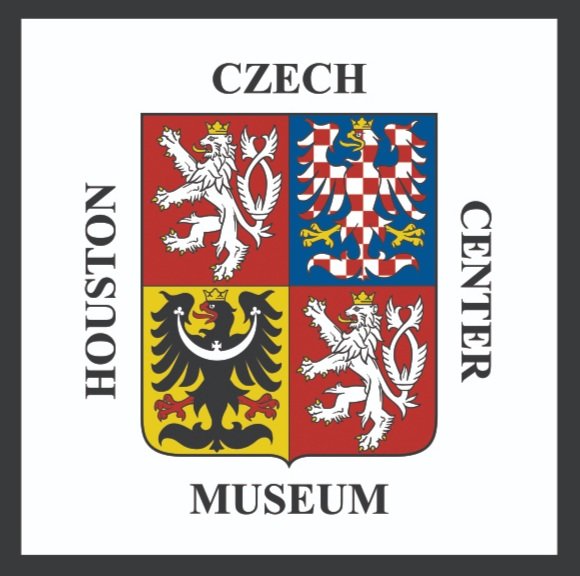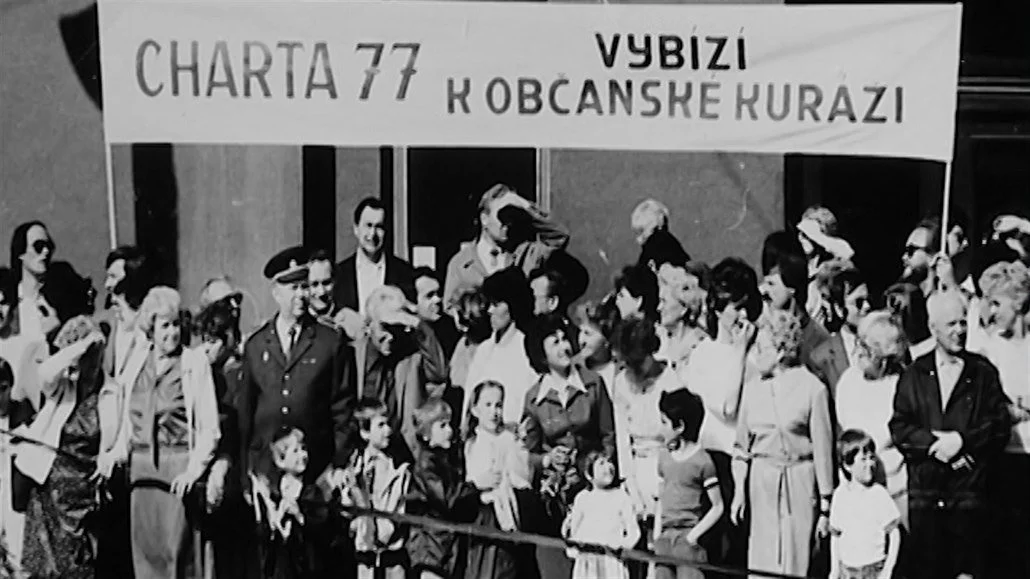The Czech Republic’s video games industry has become one of the country’s major exports in recent years, with a diverse range of successful game development studios, publishers, and startups. The origins of the Czech video game industry can be traced back to the country’s rich cultural heritage in arts and animation.
Jan °´ا³ظؤ›°ù²¹: Founder of Modern Czech Architecture
Jan °´ا³ظؤ›°ù²¹ was an important figure in Czech architecture for his use of modern elements in his works, earning him the title of “founder of modern Czech architecture.†°´ا³ظؤ›°ù²¹â€™s career began with the renovation of ؤŒervenأ½ Hrأ،dek, using both neo-Gothic and Art Nouveau elements outside and inside, respectively. Despite being controversial in terms of culture and architectural style, °´ا³ظؤ›°ù²¹â€™s life and career continued in success, culminating in the creation of his 1913 “masterpiece†the Museum of Eastern Bohemia. Throughout his life, Jan °´ا³ظؤ›°ù²¹ continued to create and build works of great architecture.
Vlasta Adele Vraz : A Czech-American during Communist Czechoslovakia
Vlasta Adele Vraz was a Czech-American who served as the director of American Relief for Czechoslovakia after World War II and was arrested as a spy by the Communist government in Czechoslovakia. She was released, becoming the president of the Czechoslovak National Council of America. She spent most of her life before World War II surrounded by writers and writing for her family’s newspaper, the “Svornost.†After her release, she continued as an editor for the American Bulletin and Vestnik before she died in 1989.
Tomأ،إ، Masaryk and the United States
Tomأ،إ، Masaryk, first president of Czechoslovakia, was inspired by the freedom and democracy of the United States. While negotiating for Czechoslovakia’s independence, Masaryk developed not only political relationships, but also personal and intellectual ones with the United States. During the First World War, he was exiled after siding with the Allied Powers, but did not give up on garnering support from his fellow Czechoslovakians. The Lansing Declaration of May 1918 was one of many important moments in the future creation of the Czechoslovak Republic, which eventually came to pass, all before he died in 1937.
Czech Cottage Culture
Czech Spa Cups
Spa cups were created for drinking natural spring water, supposedly endowed with healing properties. This cultural sipping cup began with a pig and its broken leg, which apparently recovered after rolling around in the mud from spring water, inspiring Teplice locals to soak in the water to cure their ailments. By the 19th century, the spa scene became popular enough to inspire studies and university courses. The spa cups themselves appeared in the early 17th century, made to taste the spring water and benefit from its healing properties.
A History of Czech Feminism
The once egalitarian, agrarian society of Bohemia became ruled by the Hapsburg Dynasty, causing a regression in women’s rights until Christianity helped improve their lives. The National Revival brought the creation of Czechoslovakia and greater rights for women. When communism came, rights improved in some ways and did not in others. The change to a capitalistic democracy brought further changes.
Czech National Revival
A response to increased Germanization, the Czech National Revival revived Czech literature, language, history, and politics. Increased nationalism marked this period of cultural revival. The movement started before the 19th century with Czech intellectuals such as Josef Jungman and Josef ¶ظ´ا²ْ°ù´ا±¹²ُ°ىأ½ becoming more discontent with the decrease in Czech culture, language, and national identity. Czech national identity also involved realism, rejecting the romanticism of the past, which was considered “anti-nationalist.†With the end of the Great War, the goals of the National Revival movement were successfully met.
The Legend of Lech, Cech, and Rus
The legend of the three brothers Lech, Cech, and Rus, who became the ancestors of the Polish, Czech, and Rus, explains how these cultures were created. The legend involves the brothers being the son of prince Pan and leaving the Pannonia empire. Some accounts don’t involve Rus, rather just Lech and Cech, who are the sons of Jan and not Pan.
Czech Wine: A Brief History
From legends to wine festivals, Czech wine has a rich history. Various rulers implemented regulations for viticulture, and it eventually grew to a large scale operation in the Czech Republic. Although many vineyards were left abandoned after the revolution, through the 19th and 20th centuries, Czech viticulture bounced back to the point of becoming a worldwide phenomenon.
Mushroom Foraging
Picking mushrooms is one of the most popular Czech Traditions, and is considered by some to be a national sport. It is often a family activity and rich with cultural traditions. In fact, over two-thirds of the population forage for mushrooms at least once a year. As fun as mushroom foraging is, it can be dangerous if one picks the wrong mushrooms, so there are experts to help the less-experienced, such as international visitors.
The Forced Exile of Refugees
From the Bolshevik Revolution to the Invasion of Ukraine, the Czech Republic has been a haven for refugees for over 100 years. For example, the Bolshevik Revolution was a terrible period in Eastern European history, one that caused two to three million people to leave Russia, with 15 thousand of those who left becoming Czechoslovakian refugees.
Jaroslava Brychtova (18 July 1924 – 8 April 2020)
Jaroslava µ°ù²â³¦³َ³ظ´ا±¹أ، and Stanislav ³¢¾±²ْ±ً²ش²ُ°ىأ½â€™s partnership of almost 50 years birthed some of the defining sculptural and architectural installations of the 20th century. They used their art as a form of political resistance and were inspired by early 20th-century Czech Cubism and metaphysical philosophy to work with abstraction.
Czech Beer : A Brief History
From the Brevnov Monastery to the modern-day Pilsner, the Czech people have been enjoying beer for over a thousand years. Known as the beer of tradition, Czech beer is ingrained into history itself. When beermaking was banned. the Brenov Monastery, as the first-ever Bohemian brewery, was exempt. Initially, after the ban on brewing ended, only noble families or homeowners were allowed to brew beer. It was in 1842 that the famous Pilsner was created.
Charter 77
Charter 77 is a declaration of human rights published by a group of Czech citizens. It declares that “Charter 77 is not an organization,†rather an idea. Support for Charter 77 mounted as publicly supporting it became more dangerous and life-uprooting. Even still, private and public support for the declaration of peaceful resistance continued, even 40 years into it’s creation.
George "Papa Bear" Halas
The Chicago Bears began with American football coach, owner, and NFL administrator George “Papa Bear†Halas, born in Chicago, Illinois to Slovak immigrants. Initially, however, Halas began as a player who joined the Navy during World War I, before becoming a player-coach. Throughout his life, “Papa Bear†Halas invested his life into football, winning six NFL championships as head coach while practicing many innovative routines that allowed him and his team to win.
Landscapes of Czech Painters: ³§±ô²¹±¹أؤچ±ً°ى and ´ـ°ù³ْ²¹±¹أ½
Antonأn ³§±ô²¹±¹أؤچ±ً°ى was an impressionist painter who kickstarted the Czech modern art movement. Jan ´ـ°ù³ْ²¹±¹أ½, a painter whose work was defined in terms of neoclassicism and magic realism, also kickstarted the Czech modern art movement. Both artists painted landscapes in ways that captured both the past and the imagination of the Czechoslovakian nation.
Milena Jesenska (10 August 1896 - 17 May 1944)
Milena Jesenska life was rather adventurous, including her commitment to a mental hospital for nine months, due to her father and his dislike for her then-boyfriend, Ernst Pollak. After her marriage to and divorce from Ernst, she remarried to Jaromأr Krejcar and had a daughter with him. Between both marriages, she was dedicated to journalism, which she engaged in as she document the activities of Nazi Germany over Czechoslovakia. Unfortunately, in her efforts to help those negatively affected, she was arrested and deported to a concentration camp.
Frantiska Plaminkova
Frantiإ،ka Plamأnkovأ،, founder of the National Council of Women, was a trailblazer in feminism and women's rights. Her fight for women's suffrage and self-personhood was a long one, beginning in 1903 with the Czech Women's Club. Sadly, she was one of many executed by the Nazis in retaliation to Reinhard Heydrich's assassination. Milada Horakova continued Plamأnkovأ،'s work.
Hans Krasa and Terezin
Born in 1899, Krasa was a young musical prodigy who composed his first songs at the age of ten. By the age of 39, he would compose his most famous song, Brundibar. By the age of 40, in 1939, the occupation of Czechoslovakia by Nazi Germany took place. After their occupation, Krasa was arrested by the Nazis and deported to the Terezin concentration camp, forced to compose as a part of a propagandic smokescreen.












